Nordic Researchers Arrive, U.S. Researchers Depart
The sun finally greeted the team as our Nordic collaborators arrived by helicopter on Sunday afternoon. We are pleased to be joined by:
- Sverrir A. Jonasson (Institute of Earth Science, University of Iceland),
- Anders Schomacker (Department of GeologyThe science that deals with the dynamics and physical history of the earth, the rocks of which it is composed, and the physical, chemical, and biological changes that the earth has undergone or is undergoing., Norwegian University of Science and Technology, Norway),
- Ivar O. Benediktsson (Department of GeologyThe science that deals with the dynamics and physical history of the earth, the rocks of which it is composed, and the physical, chemical, and biological changes that the earth has undergone or is undergoing., Lund University, Sweden), and
- Mark D. Johnson (Department of Earth Sciences, University of Gothenburg, Sweden
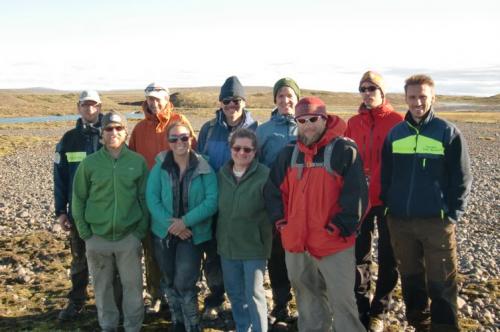
Dr. Iverson, Dr. Hooyer, and Dr. Zoet spent the day helping the rest of us make a plan for the coming week of data collection before they boarded the helicopter and heading back home. Their leadership has been admirable over the last 12 days, and I am quite thankful to have met and worked with these fine professionals. Each of them helped to mentor me throughout all of the sampling and radar work, and I appreciate all that I have learned from them so far. I truly look forward to continued collaboration with them, and am excited for the ways that each one will play a role in helping me use our work here at Mulajokull to enhance science education in my classroom!

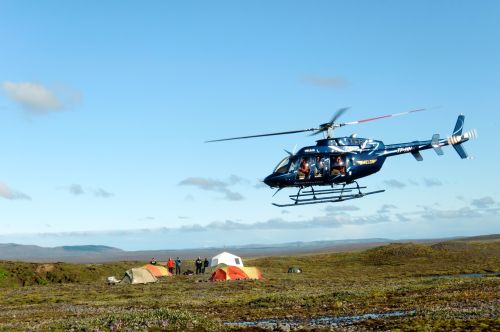
The Nordic reserachers have not been back to Mulajokull for a couple of years now, and are excited to get back to work. You see, it was their work in 2009-2010 that initiated much of the research on drumlins and glacial landforms currently going on at Mulajokull. While here for fieldwork in the summer of 2009 to study push moraines (a type of depositional landform that glaciers create during their advance, or growth), they discovered the active drumlin field and knew they were in for a treat. Once they discovered the stream cuts in the drumlins that had exposed the stratigraphy (layers) of the till, they immediately began logging particle fabrics and documenting the position, depth, and height of each major till layer. Using recent aerial photos of the region from 1995, satellite data (LiDAR) of the region from 2008, and their field observations of till layers and drumlin locations, they published a groundbreaking article on the active drumlin fields at Mulajokull in the Journal of GeologyThe science that deals with the dynamics and physical history of the earth, the rocks of which it is composed, and the physical, chemical, and biological changes that the earth has undergone or is undergoing. in 2010.
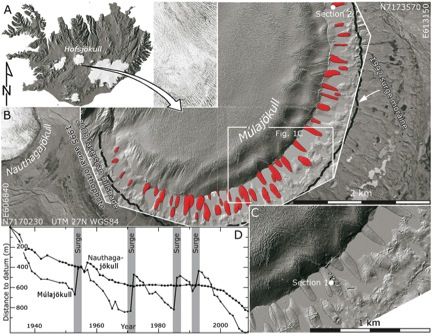
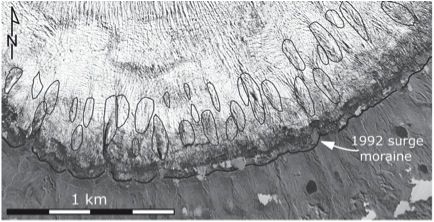
Dr. Iverson and Dr. Hooyer met with the Nordics shortly after this publication was released to discuss how AMS and Pre-Consolidation Samples could aid in the efforts to use this active drumlin field as a context for understanding drumlin formation (the most enigmatic process of formation of all known glacial landforms in the scientific community). The international collaboration between all of these researchers has quite a few benefits. With each researcher possessing unique and valuable skill sets in glacial geomorphology, the team as a whole is poised for success in determining the process of formation for drumlins.
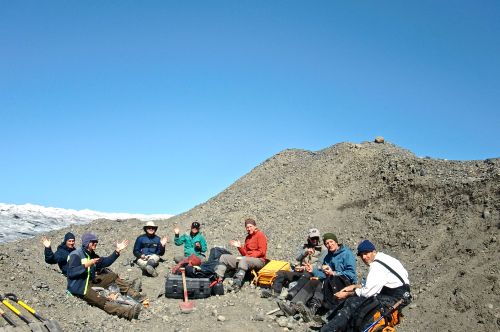
I have had conversations with both the U.S. researchers and the Nordic researchers about the strengths of this collaboration. It has become clear to me that everyone involved is thrilled to be working together, and utilizing one another's strengths, to solve this mystery.
While speaking with Swedish researcher Mark Johnson at lunch today about the strength of this international research collaboration, he replied with what I find to be an accurate and thought-provoking summary:
"In science, you can always write-up new hypotheses and theorize their outcomes. The important thing is designing hypotheses that are testable. That is a strength that Neal and Tom have brought to our team."
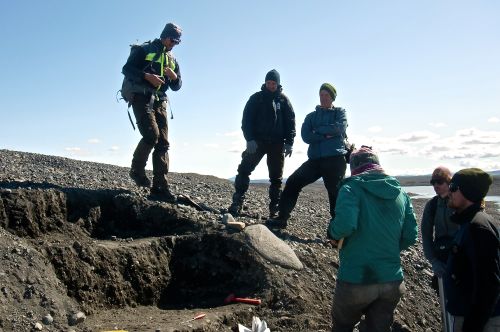
In the remaining days of fieldwork, the U.S. half of the team is going to finish up 10-12 more AMS fabrics and as many Pre-Consolidation and Bulk Density samples as we can get. Our Nordic collaborators will be helping with this effort while also working to collect data for a portion of Sverrir's PhD (measuring the dimensions of drumlins and comparing measurements to the 2008 LiDAR data); another example of how this region is literally littered with potential research projects.
Data Collection Recap
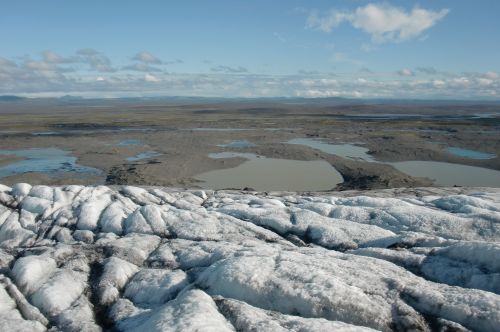
Things are progressing great in our data collection efforts. Geoff, Libby, and James all enjoyed a full day of data collection on Sunday for the Master's and Undergraduate projects while Reba and I continued sampling AMS fabrics. Today, Geoff, Libby, Reba, James, and myself all worked together to continue AMS and Pre-Consolidation sampling in Drumlin #2. The sun has returned and we are making the most of it!
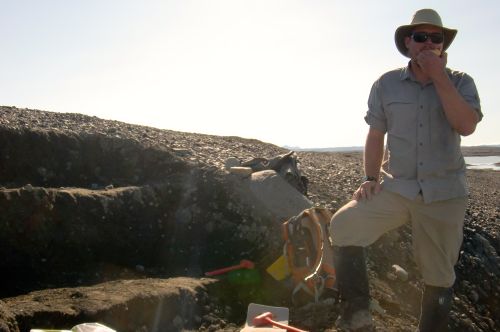

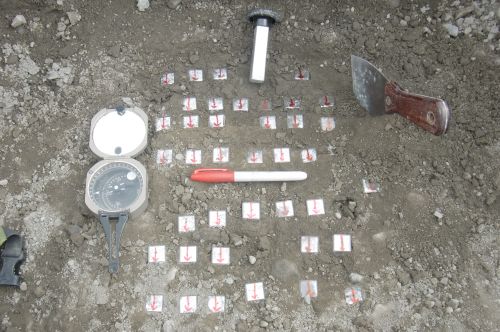
The journal on James' Undergraduate project and Libby's and Reba's passion for pursuing a career in science is almost done, I promise! My goal is to post it tomorrow! I thought it would be best in today's journal to instead introduce our new additions to base camp and welcome them accordingly! Welcome back Anders, Sverrir, Ivar, and Mark!
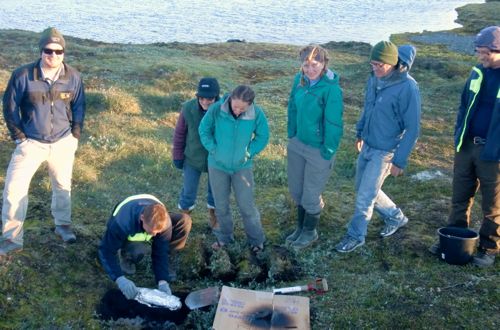
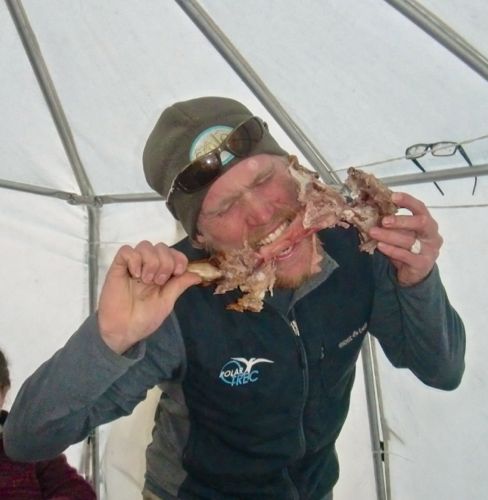
Until next time,
Jamie


Comments